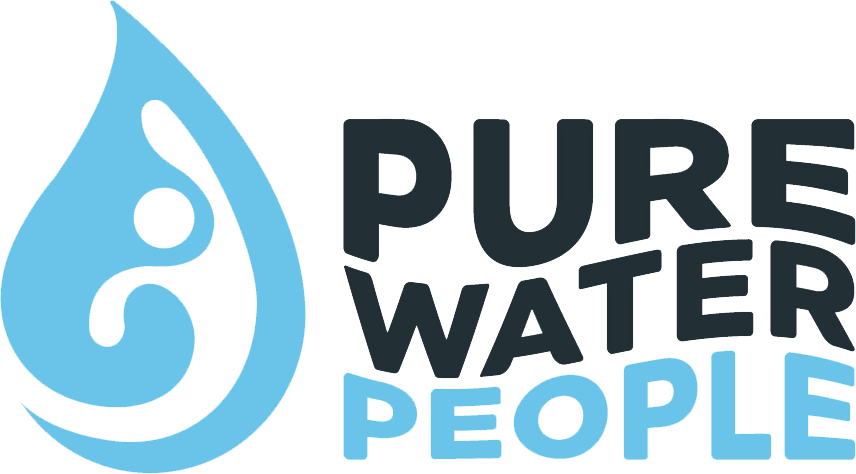TFA - a Forever Chemical on the Rise
Posted on 2nd May 2024 at 12:44
Forever Chemicals’ or ‘PFAS’ (per- and poly-fluoroalkyl substances) are man-made chemicals that are so named because...well, they basically don’t go away.
The term ‘Forever Chemicals’ refers to a group of chemicals that is over 10,000 strong. They are largely used in manufacturing, due to their non-stick properties, but as is often the case with man-made chemicals, we are only really now starting to understand that potential environmental and health impacts of PFAS – we have blogged about these in the past due to their presence in the environment, in microplastics and in water (both bottled and tap).
It’s reasons such as this that we are passionate about not only softening water, but also treating drinking water for impurities and chemicals as well!
TFA – a Forever chemical on the rise
TFA (trifluoroacetic acid) is man made, a forever chemical (it can stick around for thousands of years). According to a recent Guardian article, experts from around the world are concerned over the rise of TFA and the potential harm it may have to health, being a forever chemical.
The article reports rising levels in the environment, in drinking water and even our blood. In the UK, there are currently no limits set for TFA in drinking water – health concerns relating to TFA relate to human reproduction and fertility, but the full extent of its impact on human health are yet to be fully understood. Environmental contaminants and man-made chemicals are often a somewhat unknown quantity when it comes to their effects on human health – this is especially the case with Forever Chemicals, about which we are learning more and more. PFAS have been linked to liver damage, some cancers, pregnancy issues and even an increase in cholesterol; it’s no wonder that there is growing concern and a need to fully understand the impact that they might have!
In the case of TFA, one of the man contributors is the use of F-gases (fluorinated gases). F-gases are used as an alternative to ODS (ozone depleting substances), chlorofluorocarbons (CFCs) and hydrochlorofluorocarbons (HCFCs), for example. The phasing out of CFCs was introduced by the Montreal Protocol, a “...global agreement to protect the stratospheric ozone layer by phasing out the production and consumption of ozone-depleting substances (ODS). ODS are substances that were commonly used in products such as refrigerators, air conditioners, fire extinguishers, and aerosols.”
This agreement was finalised in 1987 – the aim was to protect the Ozone Layer. While F-gases don’t deplete the Ozone Layer, they are a greenhouse gas and also a major source of TFA.

According to Dr. David Behringer, an environmental consultant who is quoted in the Guardian article, has been studying the presence of TFA in rain, for the German government, “Everywhere you look it’s increasing. There’s no study where the concentration of TFA hasn’t increased... If you’re drinking water, you’re drinking a lot of TFA, wherever you are in the world … China had a 17-fold increase of TFA in surface waters in a decade, the US had a sixfold increase in 23 years.”
According to a 2021 study by Dr. Behringer et al, “A two-year measurement campaign of TFA at 8 monitoring sites in Germany showed that TFA levels in precipitation are already several times higher than they were 25 years ago and are expected to rise even further”.
TFA and water
On the subject of the presence of TFA in the water supply, Dr. Behringer is also quoted as saying “But TFA is incredibly difficult to remove from water. “There’s no way to get TFA out,” said Behringer. “Reverse osmosis is massively expensive and not scalable, so the logical course is to stop the input.”
And on a mass scale, this would be the case – but for the home? Drinking water treatment capable of removing chemicals such as these is very achievable and affordable.
To find out more about how you can keep your drinking water chemical – free, click here.
Tagged as: cfcs, chemicals in drinking water, environment, f gases, forever chemicals, montreal protocol, pfas, reverse osmosis, TFA, water filtration, water purification, water softener
Share this post:





